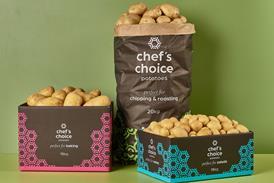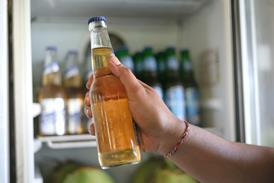- Home
- Retail & Wholesale
-
Products & Suppliers
- Back to parent navigation item
- Products & Suppliers
-
Product Categories:
- Back to parent navigation item
- Product Categories:
- Alcoholic drinks
- Bakery
- Cereals & breakfast
- Cheese
- Chicken & poultry
- Chocolate
- Confectionery
- Crisps, nuts & snacks
- Dairy
- Fish
- Fresh produce
- Frozen
- Household
- Meat
- Own Label
- Sauces & condiments
- Seasonal
- Soft drinks
- Vaping
- Vegan & plant-based
- World foods
- Suppliers
- People
- Reports & Data
-
Topics A-Z
- Back to parent navigation item
- Topics A-Z
-
Popular topics:
- Back to parent navigation item
- Popular topics:
- Cost of living crisis
- Crime
- Deposit Return Schemes
- Finance
- Government & Regulation
- Health
- Inflation
- Loyalty
- Marketing
- Mergers & Acquisitions
- New Product Development
- Sourcing
- Supply chain
- Sustainability & environment
- Technology
- Ultra Processed Foods
- Vaping
- A-Z all topics
- Content by type:
- Events
- Ask iA (beta)
- Subscribe now
The big deep-fried chicken fast food takeover
By Cara Houlton2025-10-22T11:58:00

KFC has dominated the UK fried chicken takeaway scene since its first outlet opened in 1965. But a flock of new players is hitting high streets – and the battle of the chicken shops is hotting up
It was a freezing, rainy December day in London. But the hardy fried chicken lovers queueing around the block on Shaftesbury Avenue didn’t seem to care. Cult US chain Dave’s Hot Chicken was opening its first UK store – and, for some, the bragging rights for being there were well worth the sodden hours shuffling towards a taste of the brand’s famed sliders.
After all, more extreme acts of devotion are commonplace. British TikTok influencers have flown 5,000 miles to LA to try Raising Cane’s viral chicken tenders.
Already have an account? Sign in here
Already have an account? Sign in here






